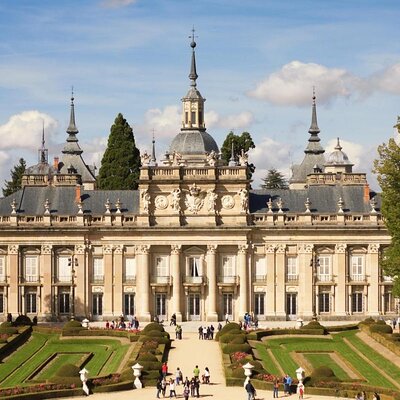Top Castile and León activities
Explore by category
Explore Castile and León tours
Top Castile and León landmarks
Top Castile and León landmarks
Top Castile and León landmark tickets
Beyond Castile and León
Tours in nearby places
Explore Spain tours
Tours in similar places
Castile and León trip ideas



































